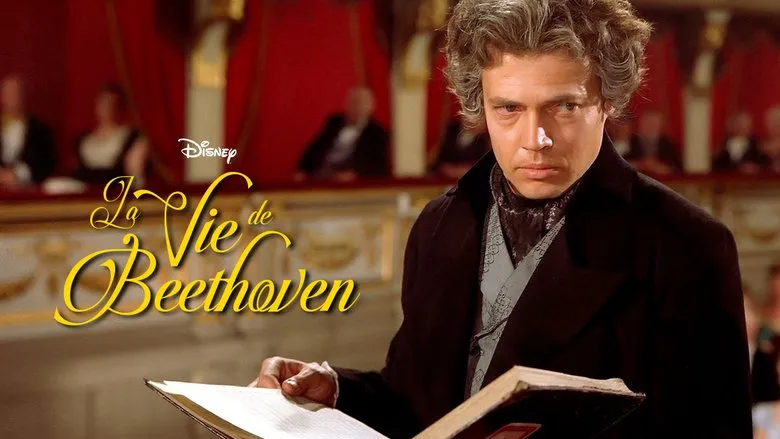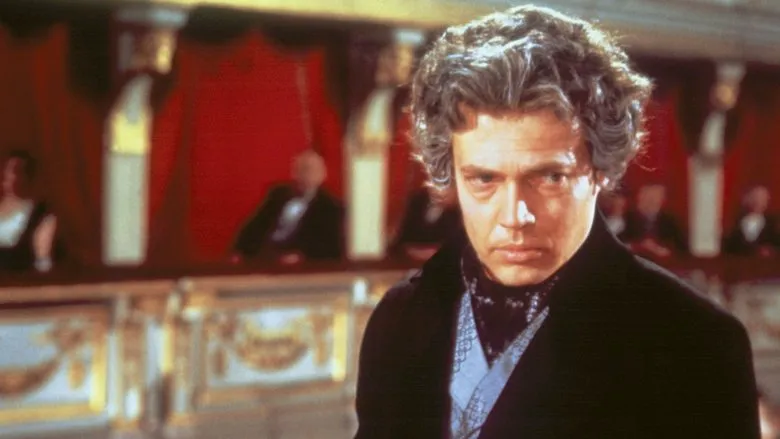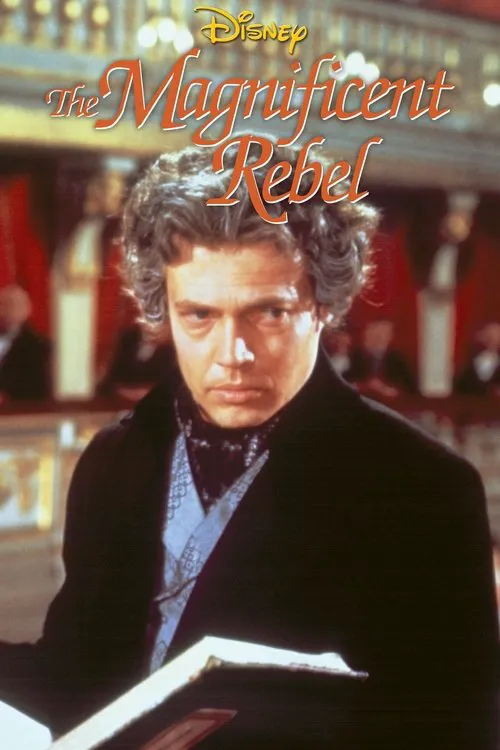The Unseen Score: Crafting “The Magnificent Rebel”
“The Magnificent Rebel” is more than just a historical account; it’s a cinematic symphony, painstakingly composed to capture the tempestuous soul and groundbreaking genius of Ludwig Van Beethoven. Bringing such a monumental figure, whose life was as dramatic as his music, to the big screen was an ambitious undertaking. This behind-the-scenes look explores how the filmmakers orchestrated this powerful narrative, blending historical reverence with a deeply personal touch.
Bringing 18th Century Vienna to Life
The film opens with Beethoven’s arrival in Vienna in 1792, a pivotal moment in his artistic journey. Recreating this bustling, competitive musical capital was paramount. Production designers and costume departments delved deep into historical archives, ensuring every cobblestone street, every flickering candlelit salon, and every meticulously crafted period garment resonated with authenticity. The challenge lay not just in historical accuracy, but in imbuing these settings with the vibrant energy and intellectual pulse that would draw a young rebel like Beethoven. This meticulous attention to detail forms the immersive backdrop against which Beethoven’s revolutionary music would clash with the classical conventions of the era.

The production team spared no effort in recreating the grandeur and grit of 18th-century Vienna, providing an authentic stage for Beethoven’s early ambitions.
The Embodiment of Genius: Portraying Beethoven’s Inner World
Central to “The Magnificent Rebel” is the nuanced portrayal of Beethoven himself. The script delves beyond historical facts, exploring his passionate pursuit of truth in music, his volatile temperament, and his profound capacity for love and despair. The actor tasked with embodying this iconic figure faced the immense challenge of not just mimicking a historical personage, but channeling his inner fire and vulnerability.
The film intricately weaves together Beethoven’s public battles with critics and personal heartbreaks. The devastating rejection from Julie Guicciardi’s family, for instance, demanded an intense emotional performance, showing the raw vulnerability beneath the composer’s defiant exterior. The film’s emotional core lies in these intimate moments, where the actor’s portrayal allows audiences to truly feel Beethoven’s triumphs and agonies.
The Silence of a Musician: Visualizing Deafness
Perhaps the most poignant and daunting aspect for the filmmakers was depicting Beethoven’s gradual descent into deafness. How does one visually and audibly convey the isolation, frustration, and eventual profound silence of a musical genius? The director and sound designers employed innovative techniques, potentially using muffled audio, distorted sounds, or scenes where the world around Beethoven slowly fades into a terrifying quiet.
This narrative choice deepened the film’s reflective quality, showing how his music became increasingly “introspective and personal,” a direct response to his deteriorating hearing. It forced a creative interpretation of his growing reclusion, portraying not a weakness, but a retreat into the boundless landscapes of his internal musical imagination, where he could truly hear.

The film utilizes close-ups and introspective visuals to convey Beethoven’s deepening internal world as he grapples with the onset of deafness.
The Ninth Symphony: A Crescendo of Creative Frenzy
The climax of “The Magnificent Rebel” is undoubtedly the creation and premiere of the Ninth Symphony. The film portrays this as an all-consuming obsession, a reflection of Beethoven’s “inner turmoil and his deep longing for transcendence.” Filmmakers had to effectively convey the sheer magnitude of this creative process: the endless hours, the frantic scribbling, the moments of inspiration and despair. Editing sequences likely played a crucial role, building a sense of escalating tension and manic creativity as the symphony takes shape.
The final scenes, depicting the premiere, were perhaps the most challenging to execute. With Beethoven “almost completely deaf,” conducting this monumental work, the scene required not just a historically accurate re-enactment, but a profound emotional resonance. The director had to balance the technicalities of conducting with the immense emotional power of a deaf man bringing his greatest vision to life for an audience he could barely hear. The “thunderous applause and adoration” had to feel earned, a testament to the music’s universal triumph over personal affliction.

The intense focus on Beethoven conducting highlights the Herculean effort to bring his symphonic visions to life, even as his world descended into silence.
“The Magnificent Rebel” is a testament to the power of filmmaking to explore the depths of human genius and resilience. By thoughtfully reconstructing history and delving into the emotional landscape of its subject, the film creates not just a biography, but a profound experience of what it means to create, to suffer, and to ultimately transcend. It truly captures Beethoven’s spirit, reminding us, as he himself believed, that “Music is the mediator between the spiritual and the sensual life.”